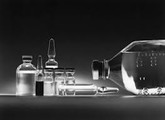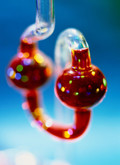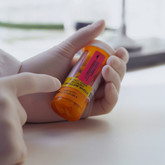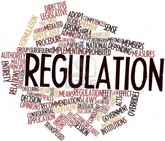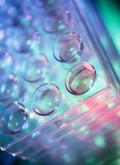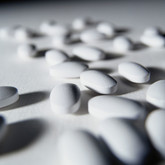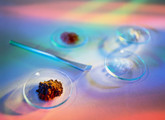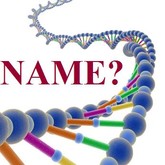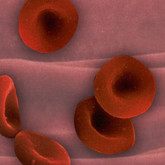Home/Guidelines
|
Posted 17/05/2013
Patients undergoing chemotherapy for cancer can often become anaemic as their red blood cell counts, and hence iron levels, fall. Besides the traditional approach of offering blood transfusion in order to restore iron levels, physicians can now treat patients with drugs that stimulate red blood cell development – known as erythropoiesis-stimulating agents (ESAs). Both treatments can boost iron-containing haemoglobin (Hb) levels, but they also pose risks to the patients. With transfusions, patients are at risk from serious infections and immune-mediated adverse events, while with ESAs; there is an increased risk of thromboembolism and death from other (but poorly understood) causes [1].










